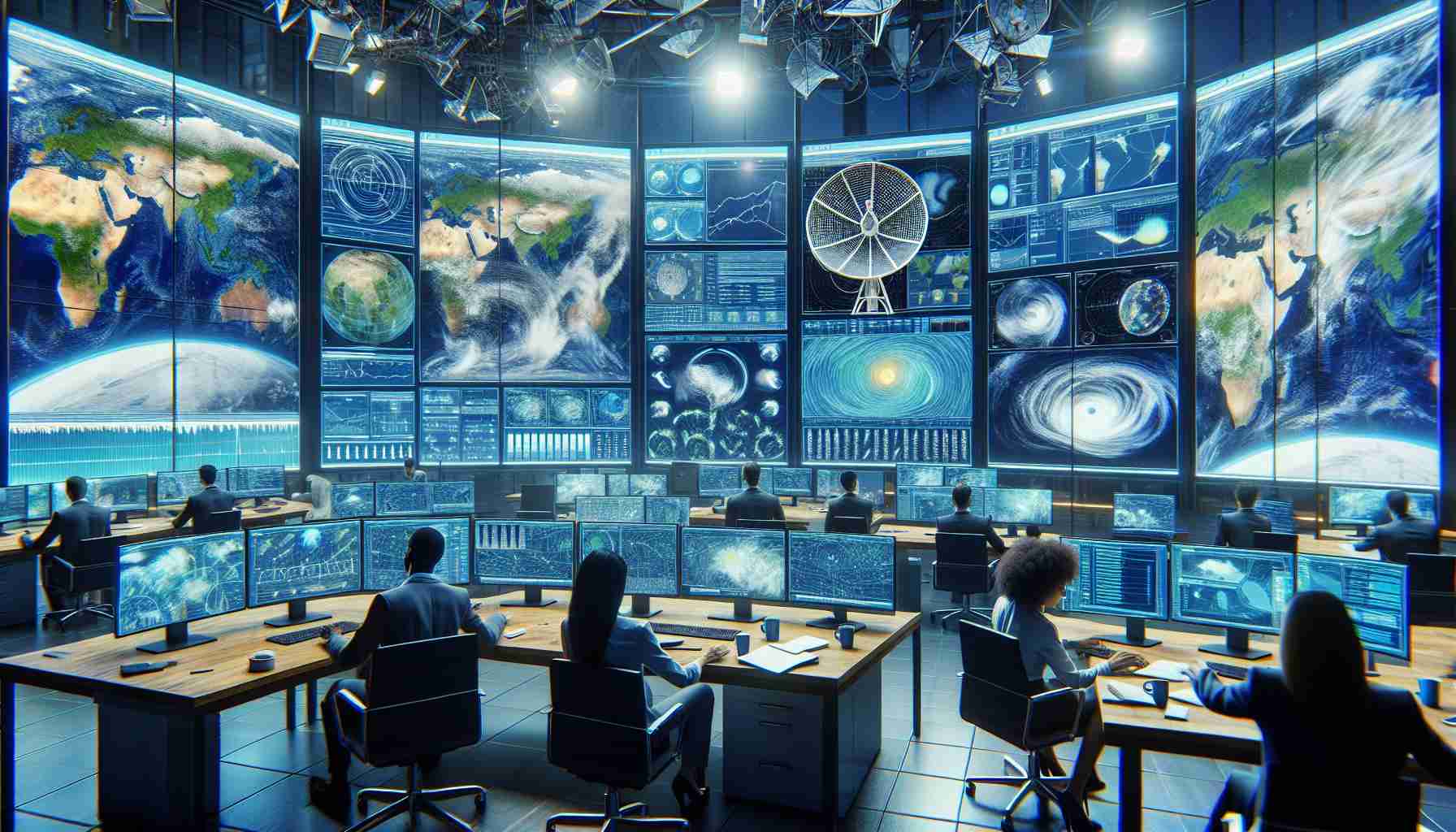The National Oceanic and Atmospheric Administration (NOAA) has unveiled the latest images from its cutting-edge weather satellite, GOES-19, equipped with a state-of-the-art Geostationary Lightning Mapper (GLM). Providing a detailed look at phenomena like lightning, the GLM proved instrumental during the onslaught of Hurricanes Helene and Milton across the United States.
Through the high-resolution imagery captured by GOES-19, specialists could meticulously monitor the evolution of these hurricanes in real-time, discerning unique characteristics between the two tempests. Hurricane Helene was depicted as a merger of thunderstorms affecting six states, while Milton, classified as a Category 5 hurricane, displayed a remarkable concentration of continuous lightning within its eyewall during formation.
As the successor to the renowned GOES series, the GOES-19 satellite, launched in June, is in its final stages of testing before becoming fully operational in April 2025. Operating as the primary satellite overseeing severe weather over the eastern US and the western hemisphere, GOES-19 will track various events ranging from thunderstorms to wildfires, floods, and dense fog. The enhanced data provided by GOES-19 aims to advance weather forecasting accuracy and bolster safety measures.
Looking towards the future, NOAA and NASA are partnering on the GeoXO system, the next generation of weather satellites slated for deployment in the early 2030s. These advanced satellites will feature superior instruments not only for monitoring extreme weather patterns but also for tracking air quality, ocean conditions, water quality, oil spills, and other environmental hazards, ushering in a new era of comprehensive environmental surveillance.
Enhancing Weather Tracking through Cutting-Edge Technology
As technology in the field of weather tracking continues to advance, new and exciting developments are constantly being unveiled. While the GOES-19 satellite with the Geostationary Lightning Mapper has already showcased its capabilities in monitoring hurricanes and lightning, there are additional crucial facts and questions to explore in this ever-evolving landscape.
One of the most important questions to consider is how these cutting-edge technologies are revolutionizing our ability to predict and respond to severe weather events. The integration of advanced sensors and imaging capabilities enables meteorologists to gather more detailed and accurate data, leading to improved forecasts and early warning systems.
Another key aspect to address is the potential challenges or controversies associated with implementing such advanced weather tracking technologies. One challenge lies in ensuring the accessibility and affordability of these technologies for all regions, particularly in developing countries that may be more vulnerable to extreme weather events. Additionally, there may be concerns surrounding data privacy and the ethical use of information collected by these sophisticated weather tracking systems.
In terms of advantages, the use of cutting-edge technology in weather tracking offers unparalleled precision in monitoring and predicting weather patterns. This not only enhances our ability to prepare for severe weather events but also aids in mitigating risks and minimizing the impact of disasters on communities and infrastructure.
On the other hand, a potential disadvantage of relying heavily on technology for weather tracking is the risk of system failures or malfunctions, which could compromise the accuracy of forecasts and warnings. It is crucial to have backup systems and contingency plans in place to address such scenarios and ensure the reliability of weather tracking data.
Looking ahead, the collaboration between NOAA and NASA on the GeoXO system heralds a promising future for weather satellite technology. These next-generation satellites will not only enhance our ability to monitor extreme weather but will also expand their scope to include tracking environmental hazards such as air and water quality, contributing to a more comprehensive approach to environmental surveillance.
For further information on the advancements in weather tracking technology and the latest developments in satellite systems, you can visit NOAA’s official website for updates on GOES-19 and future projects like GeoXO. Stay informed and stay ahead with the latest innovations in weather monitoring and forecasting.













